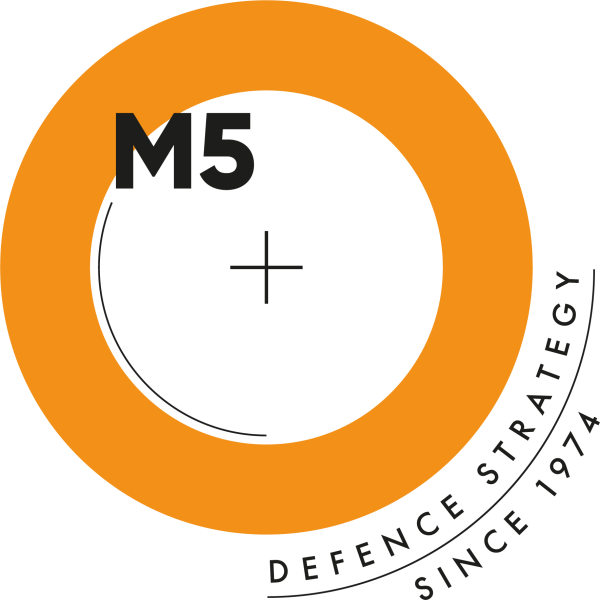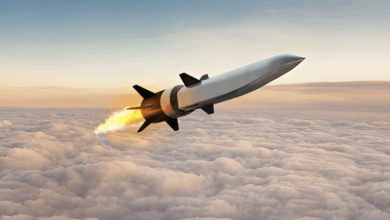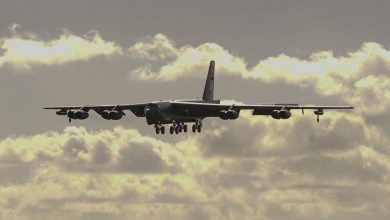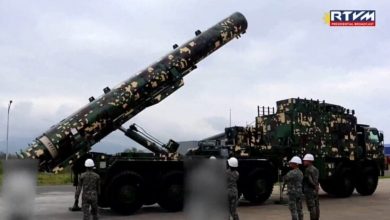Anduril successfully tests surface-launched Barracuda-500 missile
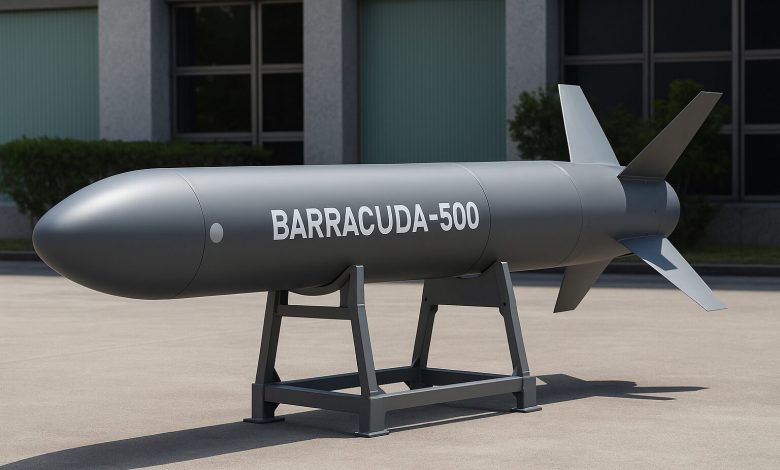
Anduril Industries says it has completed the first successful test of its prototype surface-launched Barracuda-500 missile.
“To be blunt, existing solutions are too expensive, too exquisite, and too hard to produce,” the company stated in its announcement. “To deter our adversaries, the U.S. and our allies need an affordable, mass-producible way to project power over long distances, and they need it now.”
The test, conducted earlier this year at one of Anduril’s ranges, demonstrated the viability of the Barracuda-500 missile, launcher, and booster for surface-launch operations. According to the company, this effort is part of an internally funded program to mature the capability before offering it to the U.S. military services.
Anduril has positioned the Barracuda family of autonomous air vehicles and cruise missiles as a response to what it describes as a shortage of affordable and scalable strike weapons.
The Barracuda series has already been tested in pallet-launches for the U.S. Air Force’s Enterprise Test Vehicle program and lug launches of the Barracuda-100M for the U.S. Army’s High-Speed Maneuverable Missile project. The surface-launched Barracuda-500 is the newest variant to move forward.
Anduril highlighted the modular design of the Barracuda-500, noting that adapting it for surface launch required only minimal changes. The missile uses a solid rocket motor booster attached to its tail, a configuration that the company says can work with motors produced either in the U.S. or by allied defense industries. This design approach, Anduril added, is meant to avoid supply chain constraints and enable rapid scaling.
The company emphasized that all Barracuda-500 variants share more than 90 percent of their components.
“They can all be produced on the same production lines, by the same technicians, and in the same facilities as one another,” the company explained. By the end of next year, Anduril says it will be positioned to produce “high single-digit thousands” of Barracuda-500 missiles annually, regardless of launch configuration.
Compatibility with existing launch systems is also central to Anduril’s design. In a statement, the company noted that the surface-launched Barracuda-500 is being developed for integration with platforms already fielded by U.S. and allied forces, including HIMARS, Harpoon, and Patriot launchers. The missile can also be deployed from stacked shipping containers, offering additional flexibility.
“By building surface-launched Barracuda-500 to support multi-launcher integration, we are unlocking multi-domain massed effects without introducing a massive update to doctrine, training, and logistics for the warfighter,” Anduril said.
The company stressed that this test represents one stage in a broader effort.
“There is much more to come on surface-launched Barracuda-500. This most recent test is just a moment in its development process,” the announcement said. “The end capability will ultimately provide the U.S. and our allies around the world with a new option for long range precision fires that is not only capable, but is also more producible, affordable, and flexible than existing solutions on the market today.”
Anduril concluded by underscoring its willingness to continue investing its own resources into the program. “We’ll get there the same way we always have: by continuing to invest our own dollars, at risk, to build something that we know American and allied warfighters need today.”
